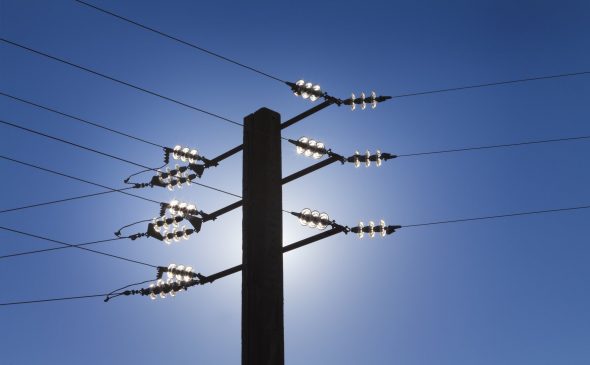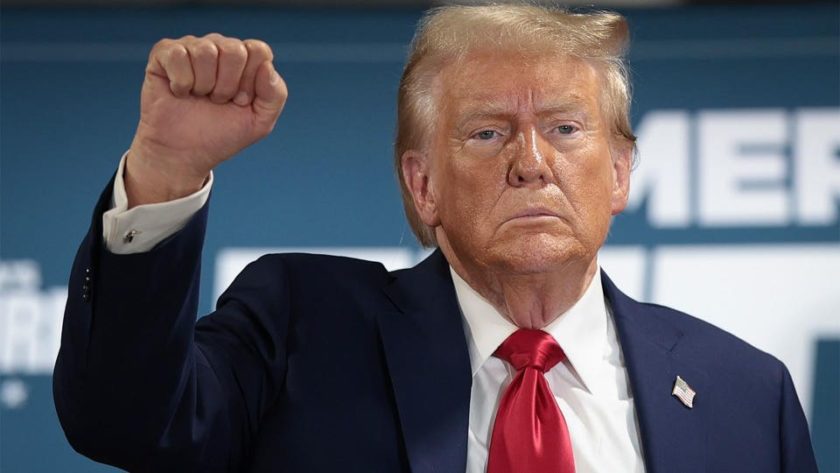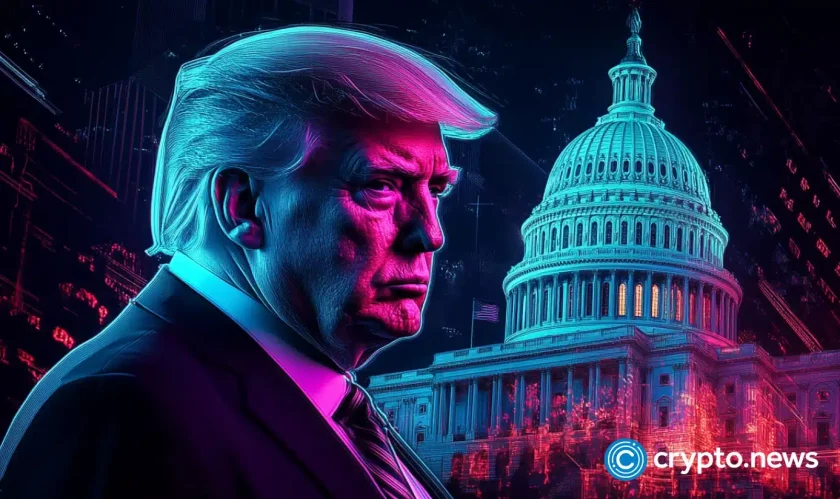Korea Electric Power Corporation (KEPCO), South Korea’s largest power utility company has announced that it is pursuing a plan to develop a blockchain-based microgrid dubbed the ‘Future Micro Grid’.
Revealing the information in an announcement posted on its website on November 18, KEPCO President and CEO Kim Jong-gap stated that the proposed ‘KEPCO Open MG’ framework will create an ‘open energy community’ that will bring together elements of existing microgrid technology with a blockchain implementation.
KEPCO Open MG Framework
According to KEPCO, prior microgrid setups made up of small photovoltaic cells, wind turbines and energy storage devices had difficulty in supplying stable power to end users, but this problem has potentially been solved with KEPCO Open MG’s use of a fuel cell as a power source.
Using power-to-gas (P2G) technology, electricity is converted into hydrogen and stored until it it is needed, at which point it is then converted back to electricity using a fuel cell. This creates a vast improvement in energy independence and efficiency when compared with existing microgrids, and it also does not emit any greenhouse gases, which makes it good fir the environment.
In addition to these benefits, KEPCO Open MG is also likely to impact positively on the economic side of things by playing a key role in the development of energy infrastructure that will underpin the so-called hydrogen economy.
Quoted in the announcement, President Kim said,
“The three major trends in the future of the energy industry are decarbonization, decentralization, and digitalization. Through this project, KEPCO will show the speed of new and renewable energy generation and energy efficiency projects. We will take a step forward as an energy platform provider to drive energy conversion and digital conversion.”
Blockchain Implementation
Referencing KEPCO Open MG’s blockchain use case, the announcement stated that the framework enables easy connection to improve operational efficiency. Using its blockchain implementation, electricity can now be traded across different microgrids, which potentially removes the existing system connection bottleneck that constricts microgrid growth.
According to KEPCO, unlike the prior situation where each microgrid provider used different technical standards creating interoperability problems, KEPCO Open MG will enable network operators, customers and other energy stakeholders to take part in the marketplace and interact beneficially with each other.
The company further revealed that it plans to construct the world’s first mega-wattage energy-independent microgrid under the KEPCO Open MG framework. While the system has not been launched yet, KEPCO indicated that provinces to take part in the project will be announced before the end of the year, with talks currently ongoing among various stakeholders in the microgrid ecosystem.




